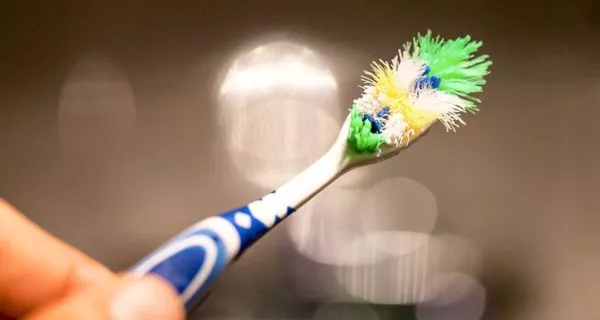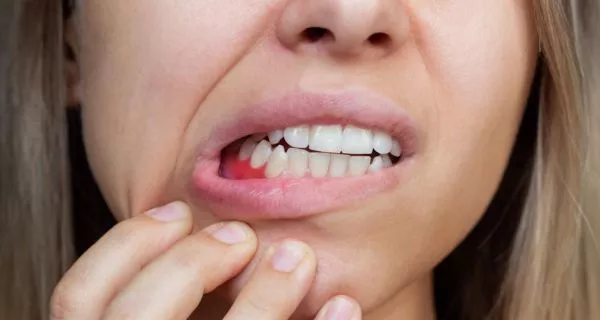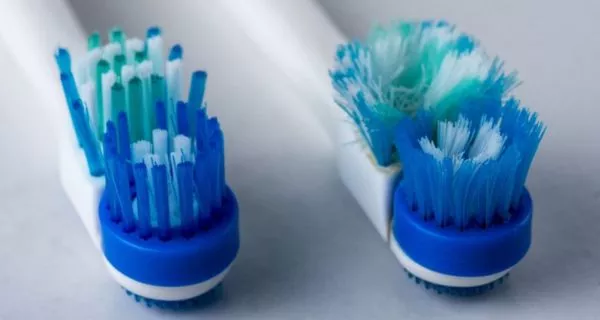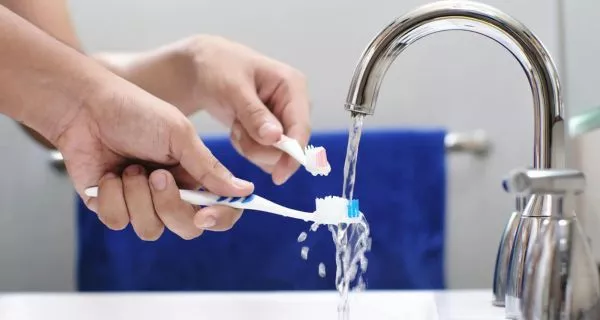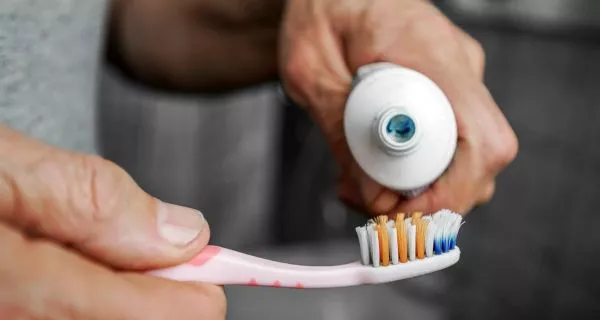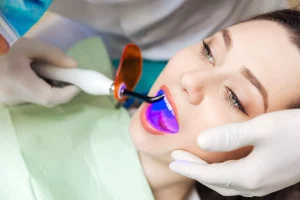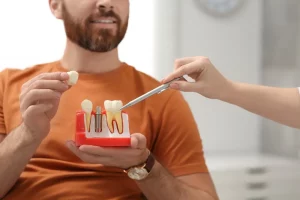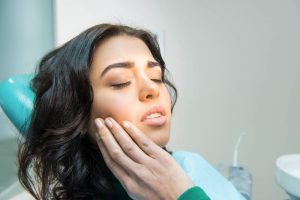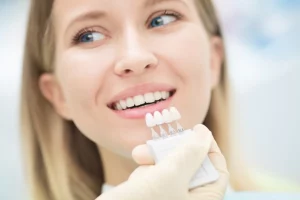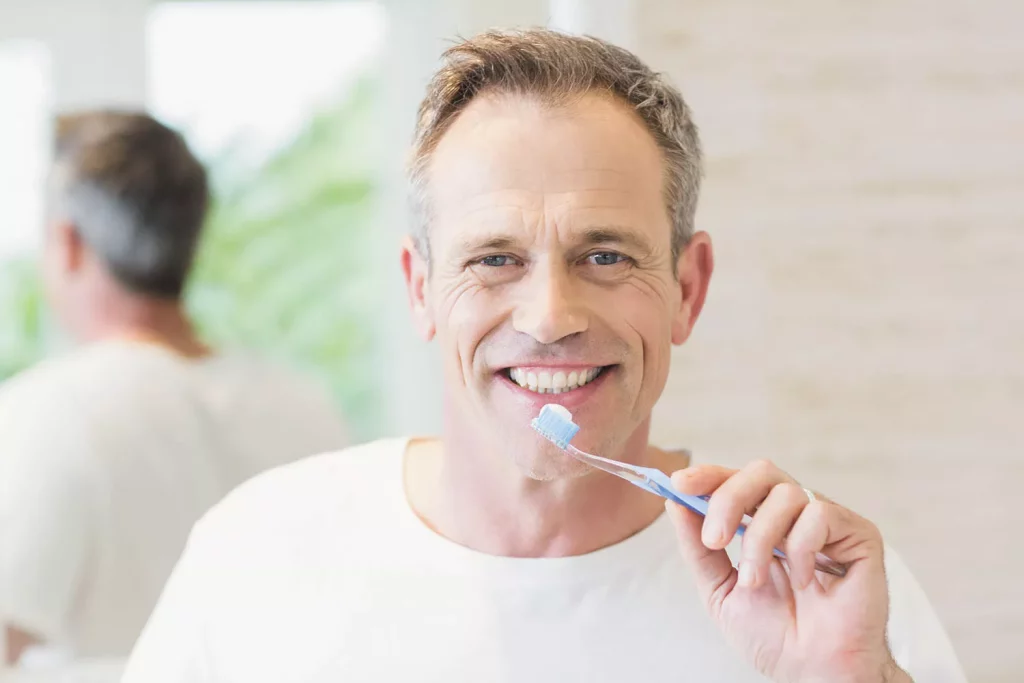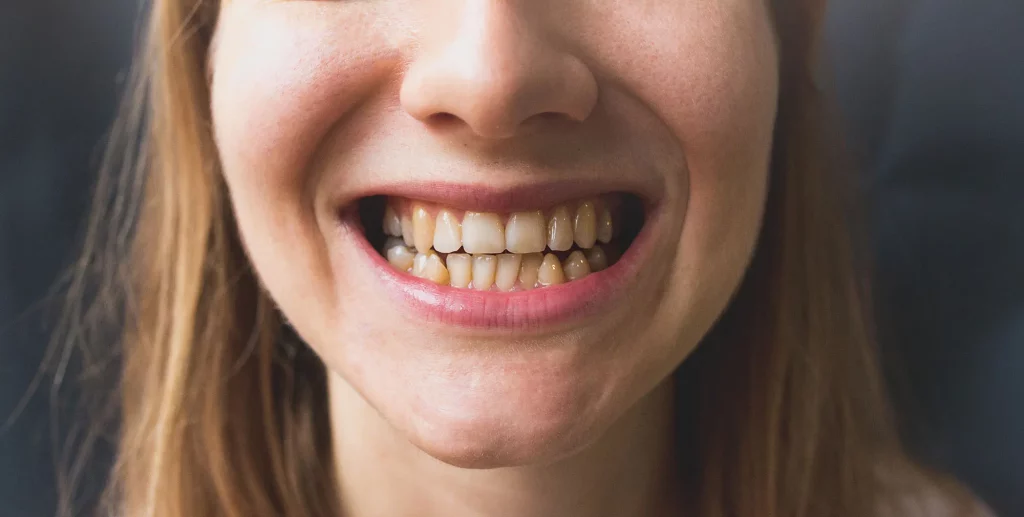You need to replace your toothbrush because, over time, the bristles wear out and become less effective at cleaning your teeth and gums. Old toothbrushes can also carry harmful bacteria, increasing the risk of cavities, gum disease, bad breath, and other health problems. Replacing it regularly keeps your mouth clean and healthy.
Many people do not know when to replace their toothbrush. The truth is, a toothbrush does not last forever. It needs to be changed not only because it looks worn, but also because using an old toothbrush can cause more problems than benefits.
In this article, we will explain when and why you should change your toothbrush, how to make it last longer, and what dentists recommend to get the best use out of it.
Table of Contents
ToggleWhy is it important to change your toothbrush?
Your toothbrush is the main tool for keeping your mouth clean. Over time, the bristles bend, wear out, or collect germs. This makes your toothbrush less effective at removing plaque and bacteria.
When your toothbrush is worn out:
- It does not clean between your teeth or along the gum line properly.
- It can collect bacteria and food particles.
- It increases the risk of gum irritation, cavities, and bad breath.
Even if it looks clean, invisible bacteria can stay in the bristles, especially if you have been sick or do not clean them well. That is why the American Dental Association (ADA) recommends changing your toothbrush every 3 or 4 months, or sooner if you notice signs of wear.
When should you change your toothbrush?
According to the American Dental Association (ADA) and dentists at Channel Islands Family Dental Office, you should replace your toothbrush every 3 to 4 months. However, there are situations when you should change it sooner. This applies to both manual and electric toothbrushes.
Why do I need to replace my toothbrush?
- Bristles wear out: Over time, bristles lose their shape and effectiveness. Worn or bent bristles cannot clean your teeth properly or reach tight areas, which can lead to plaque buildup and tooth decay.
- Bacteria build-up: Old toothbrushes can harbor harmful bacteria. Each time you brush with a contaminated toothbrush, you may reintroduce bacteria into your mouth, increasing the risk of oral infections or worsening gum disease.
- Frayed bristles can harm gums: Frayed or bent bristles are not only less effective but can irritate your gums, causing discomfort or even contributing to gum recession over time.
- Illness prevention: If you’ve recently been sick—such as with a cold, flu, or other infection—changing your toothbrush helps prevent reintroducing harmful bacteria or viruses into your system.
If you brush your teeth very hard, the bristles wear out faster. This is normal, and you may need to replace your toothbrush before the recommended time.
When should I change my toothbrush sooner?
Even before the recommended 3–4 months, you should replace your toothbrush in these situations:
- Bristles are frayed or bent: If bristles splay outward or look worn, they cannot clean effectively.
- After being sick: Replace your toothbrush after any contagious illness to avoid reinfection.
- Improper storage: Toothbrushes that do not air-dry properly or are stored too close to other brushes can accumulate bacteria faster.
- Frequent brushing: If you brush more than twice a day or with extra force, bristles may wear out faster and require earlier replacement.
Your toothbrush is your first line of defense against plaque, bacteria, and gum disease. Replacing it regularly ensures effective cleaning, prevents bacterial buildup, protects your gums, and reduces the risk of reinfection after illness. Both manual and electric toothbrushes follow these same guidelines.
What happens if you don’t change your toothbrush?
Using the same toothbrush for too long can affect your oral health and even your overall health. Even if it looks clean, a worn or contaminated toothbrush loses effectiveness and can become a source of bacteria.
How does an old toothbrush affect oral health?
- Ineffective cleaning: Worn bristles do not remove plaque properly, increasing the risk of cavities and tartar.
- Inflamed or bleeding gums: Old toothbrushes do not clean thoroughly, which can cause gum irritation, inflammation, and gingivitis.
- Persistent bad breath: Food and bacteria build-up can cause bad breath even after brushing.
- Higher risk of mouth infections: Old toothbrushes can contain up to 10 million bacteria, including E. coli and Staphylococcus, increasing the chance of infections in the mouth.
How can an old toothbrush affect overall health?
Problems in the mouth can affect the whole body:
- Heart disease: Gum inflammation and bacteria may increase the risk of heart problems.
- Diabetes: Gum disease can make it harder to control blood sugar levels.
- Systemic infections: Bacteria from the mouth can enter the bloodstream, especially if gums have small cuts, increasing the risk of infections elsewhere.
At Channel Islands Family Dental Office, our dentists remind patients that a clean, well-kept toothbrush is essential not just for teeth and gums, but for overall health.
How can I remember when to replace my toothbrush?
We know that it’s possible to forget when to change your toothbrush, but this is really important to do it. You can remember to do it if:
- Set a phone or calendar reminder every three months.
- Replace with the seasons: Switch toothbrushes at the start of spring, summer, fall, and winter.
- Keep extras on hand so you can replace them without delay.
- Check appearance: Replace when bristles look bent, frayed, or worn.
How do dentists recommend caring for your toothbrush?
Dentists say taking care of your toothbrush keeps your teeth and gums healthy. A clean toothbrush works better and helps prevent bacteria in your mouth.
How can you keep your toothbrush clean?
- Rinse after each use: Wash your toothbrush under tap water to remove toothpaste and food.
- Store upright and air dry: Keep it standing in the open air. Avoid closed containers that trap moisture.
- Do not share: Every toothbrush is personal. Sharing spreads germs.
- Keep separate from other brushes: Make sure toothbrush heads do not touch if stored together.
- Travel carefully: Use a ventilated travel case, not a sealed one, to prevent mold.
- Replace if dirty or worn: If it falls on a dirty surface or the bristles are bent, replace it.
Should I disinfect my toothbrush?
Disinfecting is not necessary, but it can help during cold and flu season:
- Soak in antibacterial mouthwash for a few minutes.
- Use a UV toothbrush sanitizer.
- Avoid boiling water, as it can damage bristles.
Even if disinfected, you still need to replace your toothbrush regularly.
How can a dentist help me?
If you are unsure how to brush properly or take care of your toothbrush, seek professional help.
At Channel Islands Family Dental Office, dentists can:
- Check your brushing technique and show you how to improve it.
- Recommend the best toothbrush and fluoride toothpaste for your age, sensitivity, and needs.
- Perform professional cleanings to remove plaque that brushing and flossing cannot reach.
- Remind you when it is time to replace your toothbrush during regular check-ups.
A short visit every six months can help maintain a healthy smile and make sure your daily routine works effectively.
Why is it important to change and care for your toothbrush?
Your toothbrush is more than a cleaning tool: it is your first defense against cavities, gum disease, and bad breath.
Remember:
- Change your toothbrush every 3–4 months.
- Replace it sooner if you see wear or after being sick.
- Keep your toothbrush clean and dry to make it last longer.
- Combine brushing with flossing and regular dental visits.
Consistency at home and with your dentist is key to keeping your smile strong and healthy for life.
How can I contact a dentist for personalized advice?
If you have questions about when to change your toothbrush or need oral care advice, contact Channel Islands Family Dental Office.
- We serve patients in Oxnard, Santa Paula, Ventura, Newbury Park, and Port Hueneme.
- We provide complete dental care for the whole family.
Together, we can make sure your smile stays healthy and strong for life.
Frequently Asked Questions (FAQ)
Voice Search Snippets (Q&A)
References
1. American Dental Association. (2022, October 7). Toothbrushes. ADA. https://www.ada.org/resources/ada-library/oral-health-topics/toothbrushes
2. Cleveland Clinic. (2025, April 30). How often to change your toothbrush. https://health.clevelandclinic.org/how-often-should-you-change-your-toothbrush
3. Madormo, C. (2025, September 15). Realistically, how often should you change your toothbrush? Verywell Health. https://www.verywellhealth.com/how-often-should-you-change-your-toothbrush-7968548
4. Tan, S. (2025, January 20). How to clean your toothbrush. WebMD. https://www.webmd.com/oral-health/how-to-clean-toothbrush
5. Watson, K. (2019, November 21). How long does a toothbrush last and when should I replace it? Healthline. https://www.healthline.com/health/how-often-should-you-change-your-toothbrush

